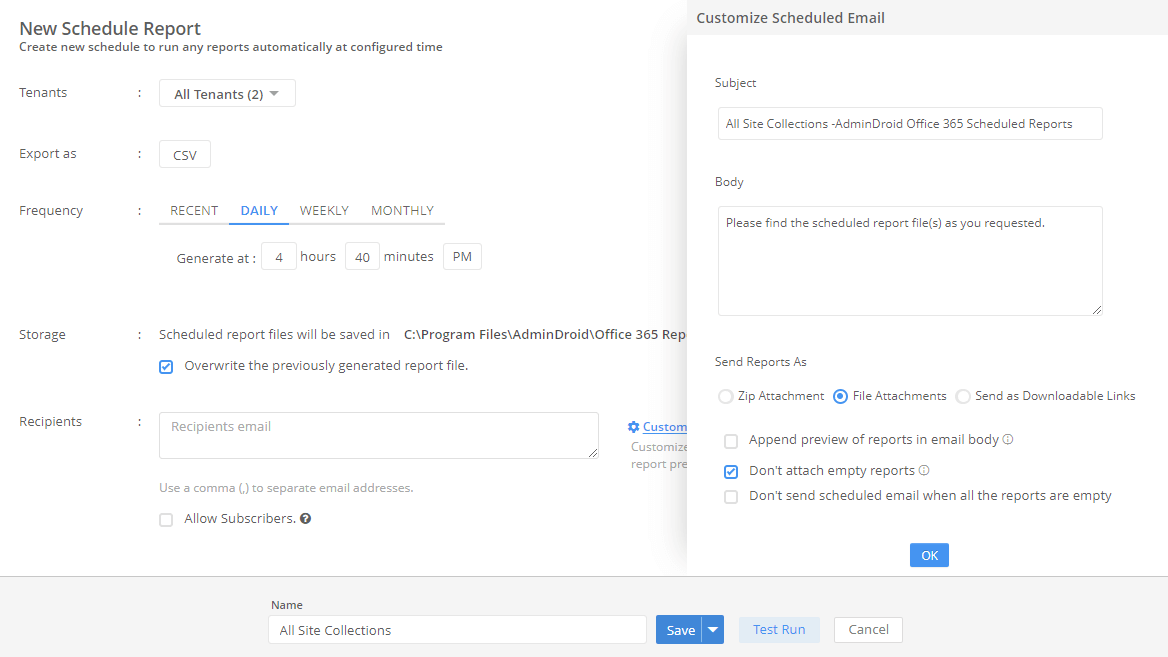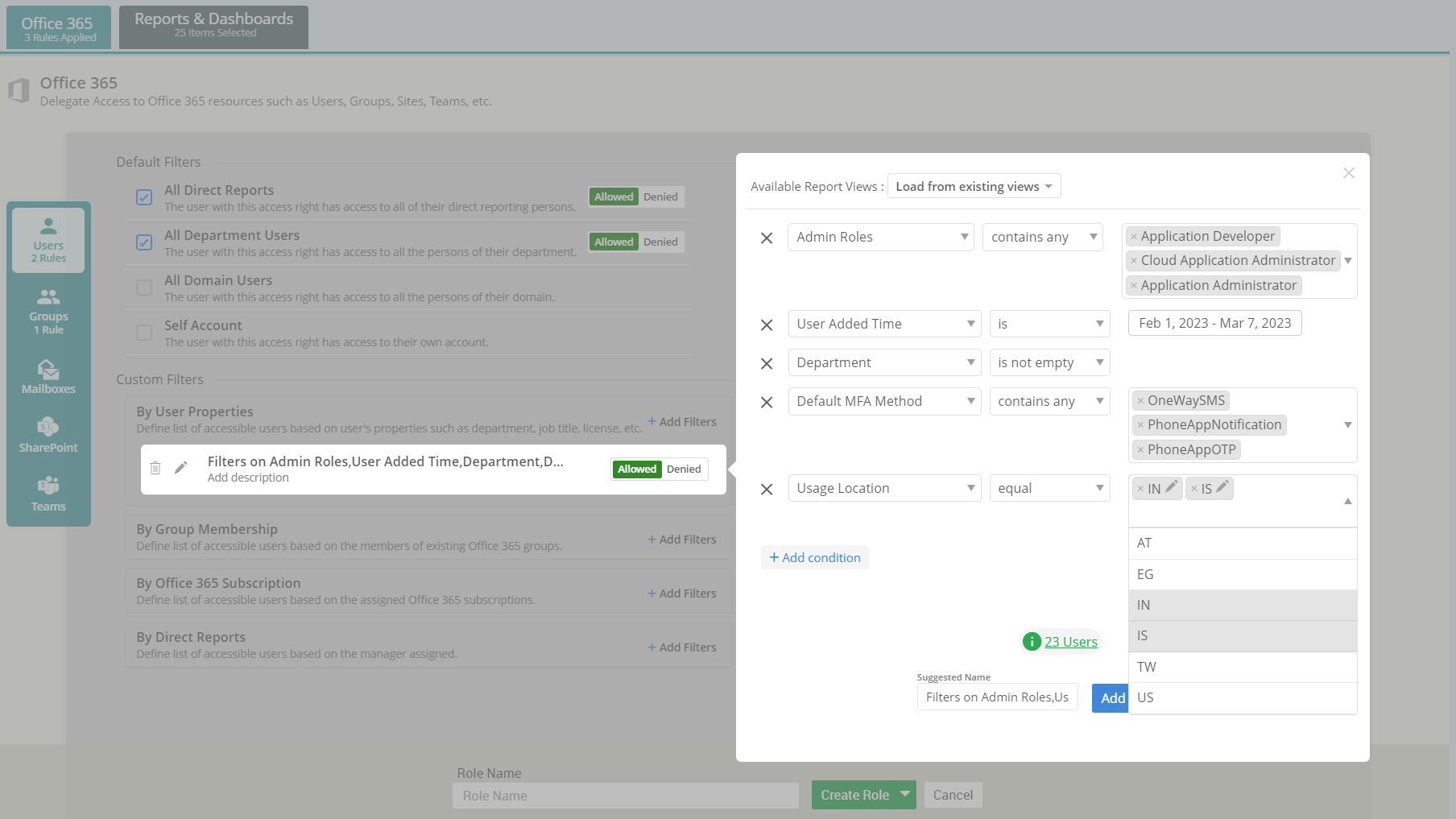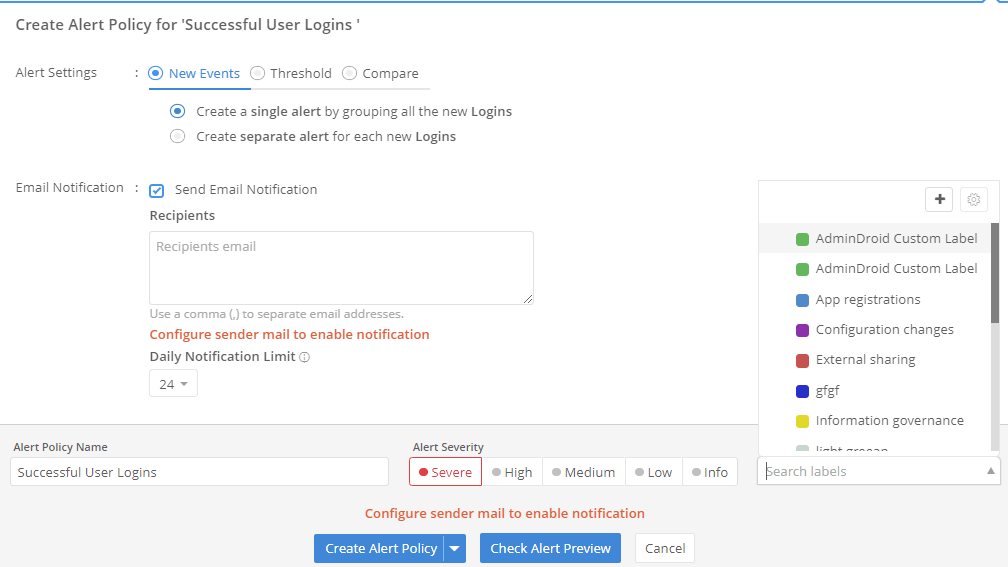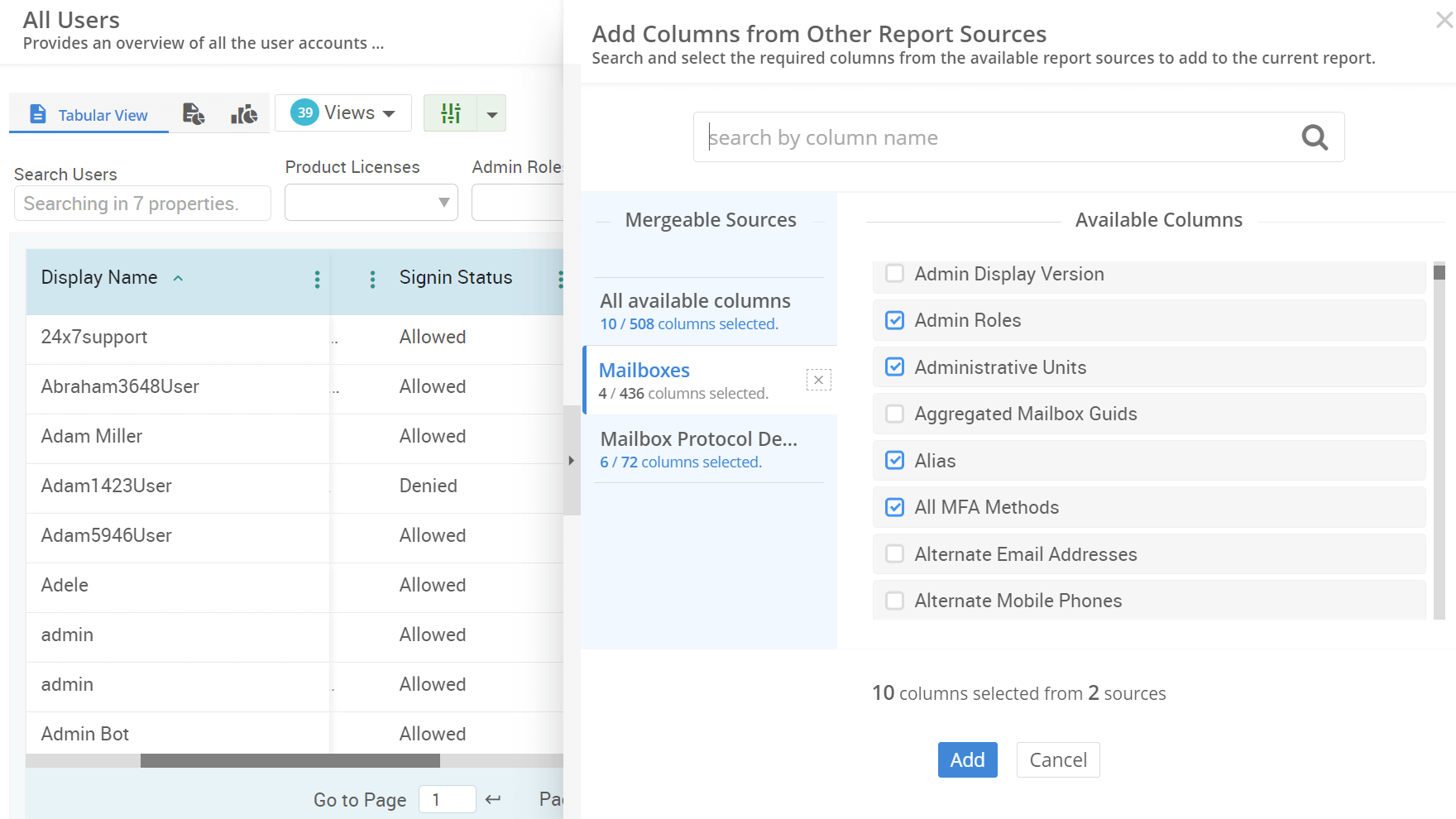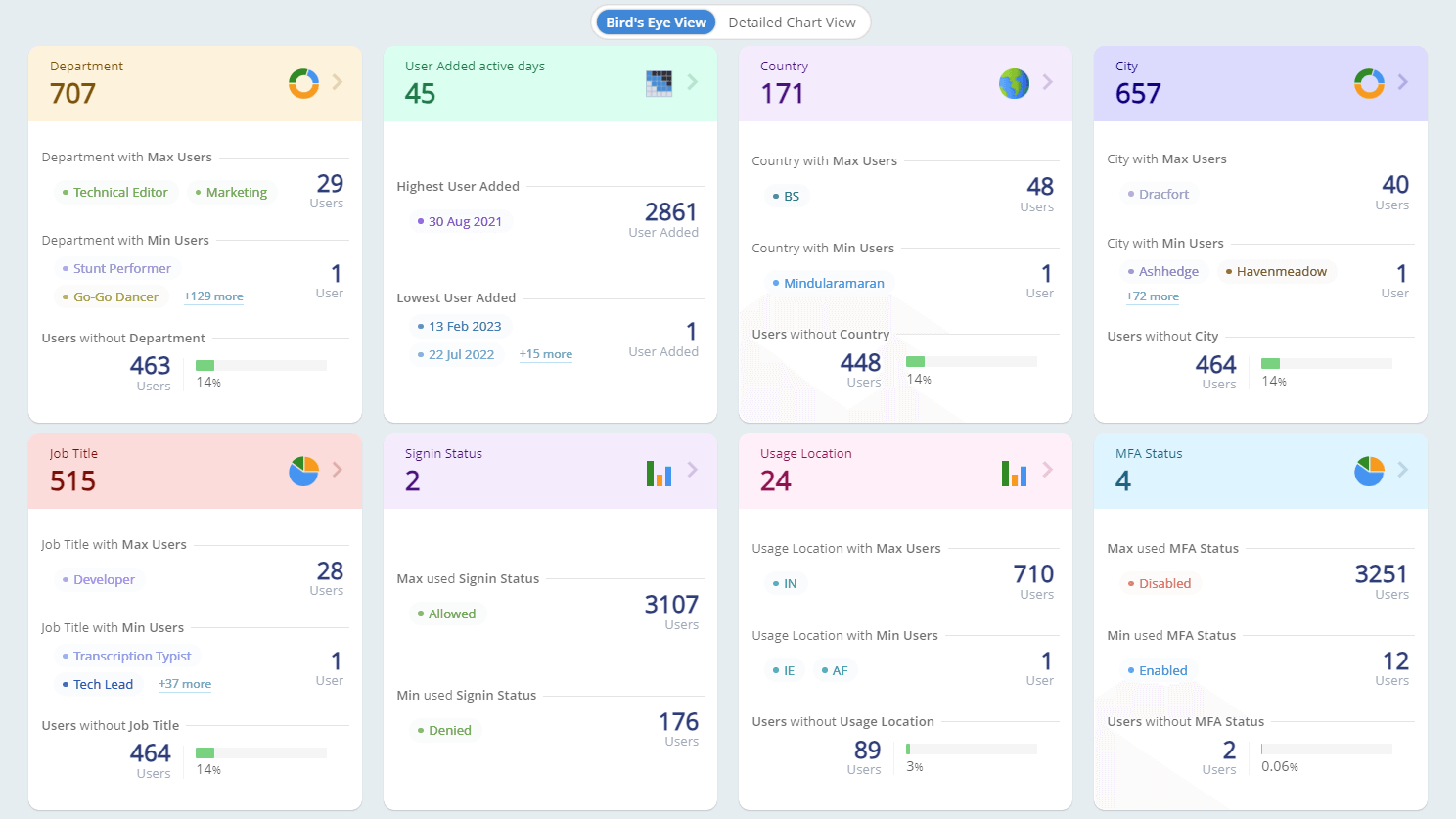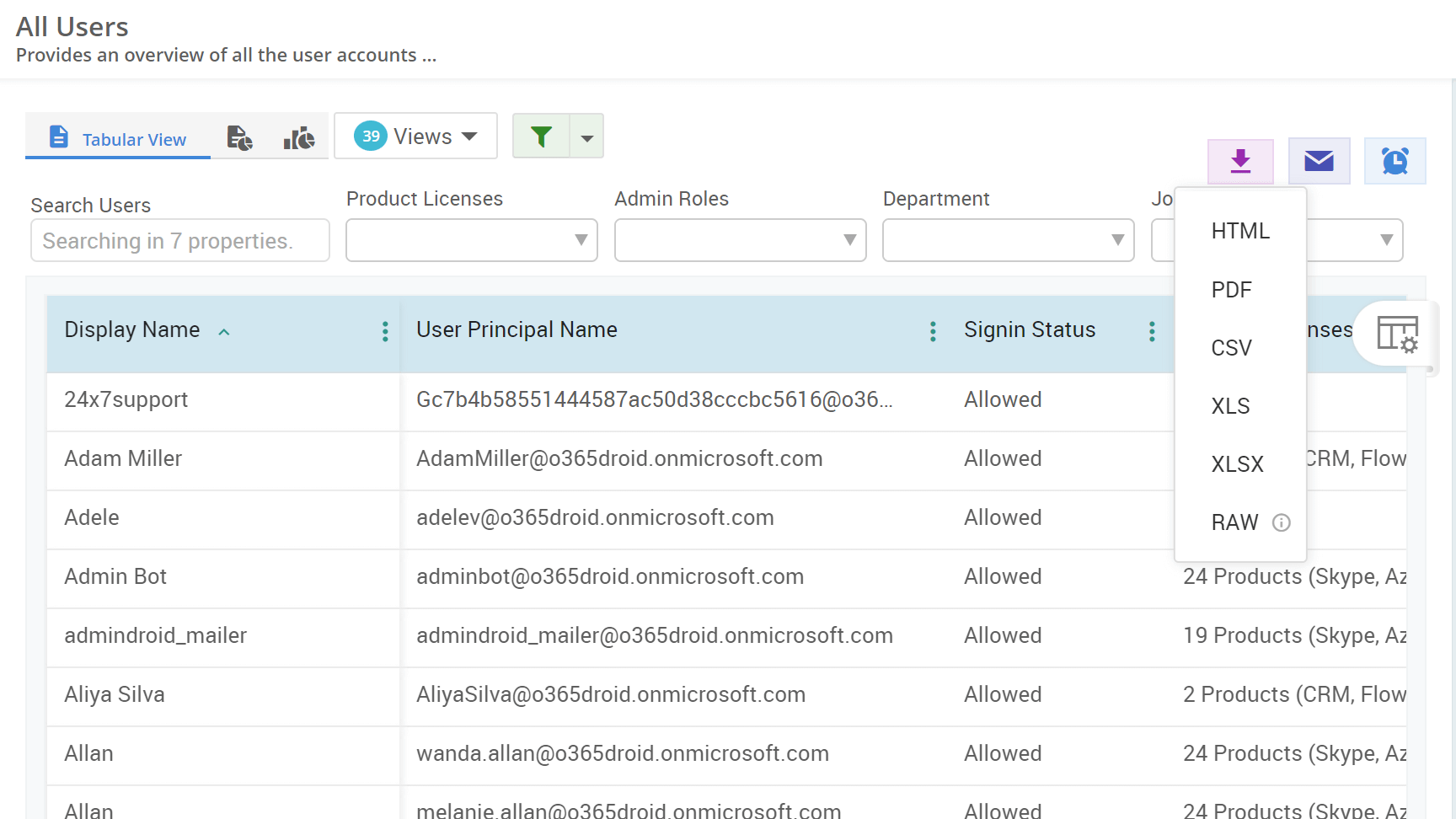How to Export the Shared Mailbox Size Report in Microsoft 365
Shared mailboxes in Microsoft 365 are designed to facilitate collaborative email management from a centralized email address. While these mailboxes experience heavy traffic, the storage consumption can disrupt communication and lead to missed messages. Therefore, monitoring the size of Exchange Online shared mailboxes is essential. You can use the following methods to seamlessly obtain a Microsoft 365 shared mailbox size report.










